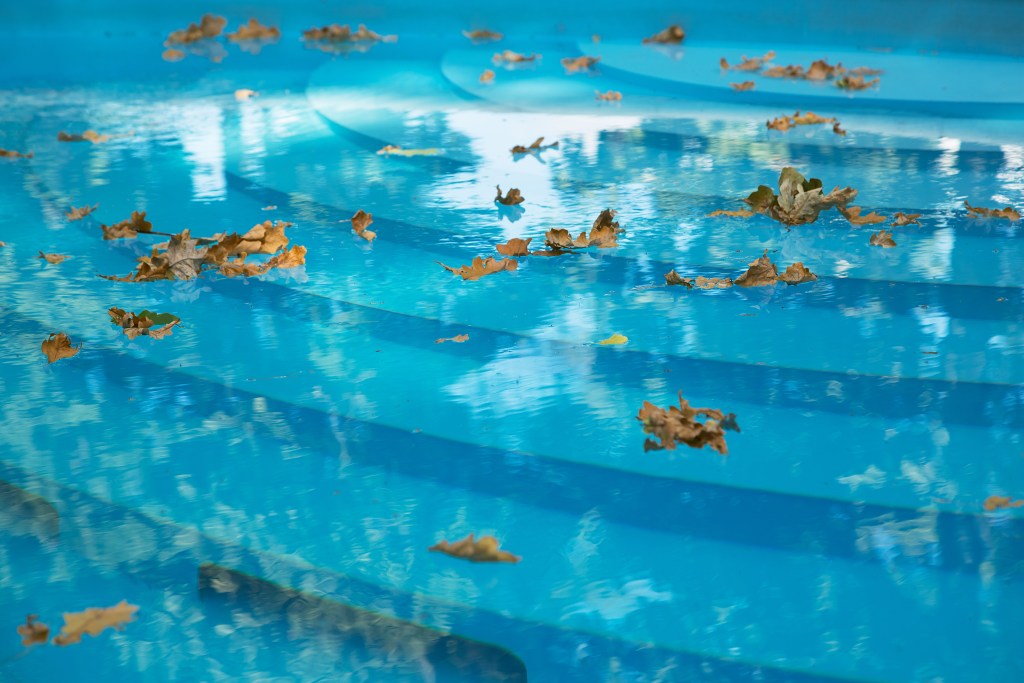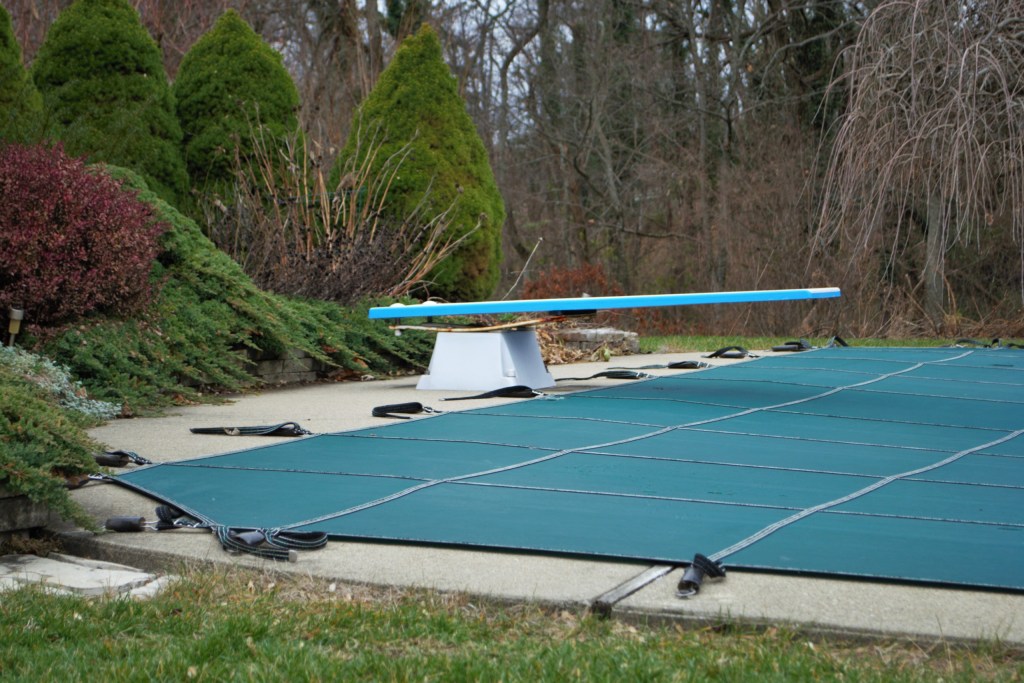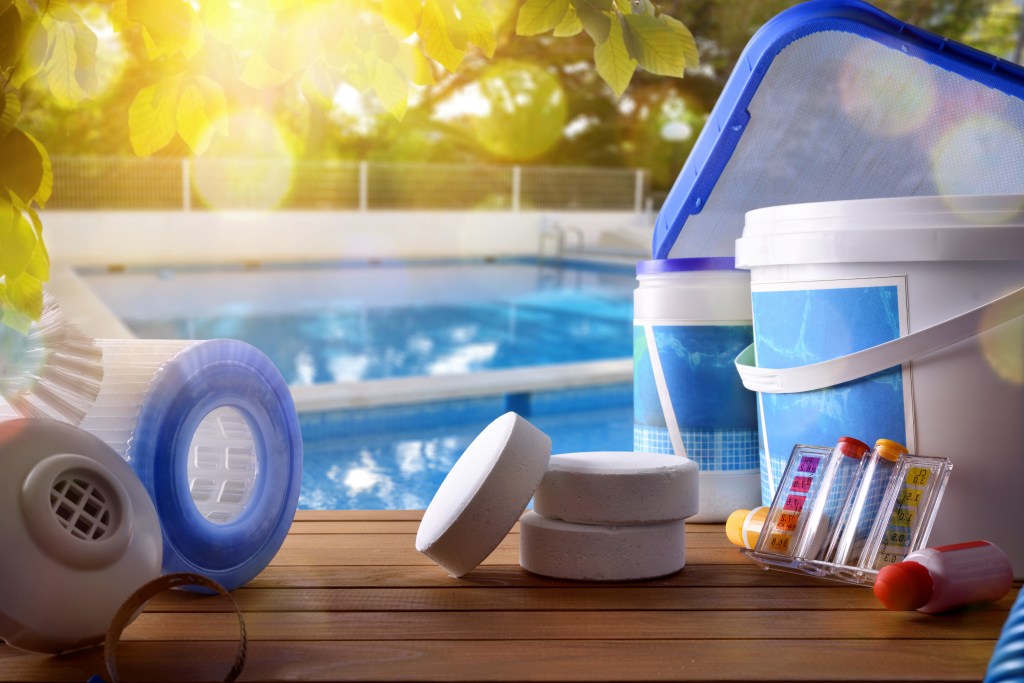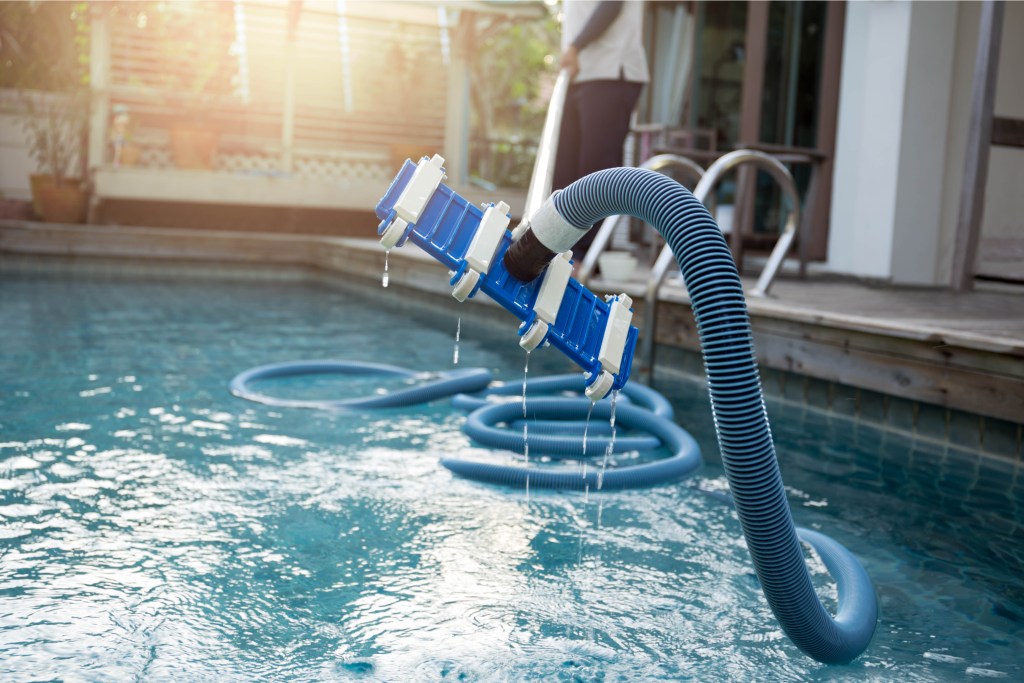The pool is a great way to cool off during the summer. However, now that pool season has ended, it’s time to shift your routine and focus on maintaining your pool through fall and winter. Fall is a crucial time to make sure your pool is ready for winter and all the harsh weather that comes with it.
Protecting your pool will help keep it looking new and in top condition for years to come. Even if you’re not using your pool as much as the days get colder, it’s still essential to keep up with regular weekly cleanings. A buildup of leaves and debris could cause expensive damage to your pool's filtration system, after all. Let’s take a look at some fall pool maintenance tips that will keep your pool clean and ready as winter approaches.

Clean out leaves and debris
Leaves are a pool’s worst enemy—they can cause algae growth and clog the pool pump. They can also cause stains on the sides and bottom of your pool. Moreover, they reduce swimmers’ enjoyment. Honestly, a pool with a ton of leaves cluttering up the water just looks gross.
Make sure you schedule the time to clean out your skimmer baskets and skim your pool regularly.

Cover your pool
Placing a cover on your pool is a great way to reduce maintenance. A pool cover will not only keep the pool clean, but it’ll also help protect it from exposure to environmental elements. The best pool covers are made out of durable materials and specifically designed to be strong enough to withstand extreme temperatures and heavy snowfall.

Always clean your pool filter
Regular pool filter cleaning is essential for two reasons, even in the fall:
- To maintain your pool with clean, clear, and safe water
- To prevent the growth of harmful bacteria, which can lead to illness
A pool filter sits on top of the pool’s pump inlet pipe and traps dirt, grit, and minerals from entering your pool, whether carried by the wind or from nearby plants. With the added debris that comes with fall weather in most locations, you’ll need to keep your pool filter clean and working in top condition.
Step 1: If you have a cartridge filter, you need to replace or clean it.
Step 2: If you have a sand and diatomaceous earth (DE) filter, you need to backwash it.

Repair cracks in your pool
A swimming pool is an expensive investment. If you’re able to maintain it and keep it in good condition, then your pool can last for years. When small cracks appear on the sides, stairs, or bottom of your pool, they need to be addressed as soon as possible because they provide easy access points for water loss or bacterial growth. Plus, as it gets colder, the water that seeps into those cracks can turn into ice that further damages your pool by widening and deepening them.
If left unattended, these cracks can turn into big problems that will cost you more money in the long term. With a bit of preparation and effort, and depending on the severity of the cracks, many pool repairs can even be done by yourself.

Vacuum your pool
It may sound like everything you do when cleaning and maintaining your pool has to do with keeping the water clear of algae and bacteria. Still, the truth is that those are huge issues. Vacuuming your pool is part of the overall process of regular pool maintenance that keeps your pool free of potential pathogens. It also cleans up small bits of debris that you might miss with your skimmer.
When the pool season comes to a close and pool energy bills start rolling in, it’s easy to forget about pool maintenance and simple fall cleaning. But you need to take some basic and important steps before covering your pool and shutting it down for the winter months.
Remember that keeping your pool well-maintained pays off when spring finally arrives. You’ll have less to do to get everything ready so that friends and family can jump in and enjoy the clear (and clean) water when the weather heats up again.
Editors' Recommendations
- Grow cold-hardy veggies in an unheated greenhouse this winter – here’s how
- How to protect your plants and keep them warm in the greenhouse for winter
- The ideal greenhouse temperature and humidity settings for every season
- How to protect outdoor lights from rain
- Do grow lights really work? How to make sure you’re not wasting your money



